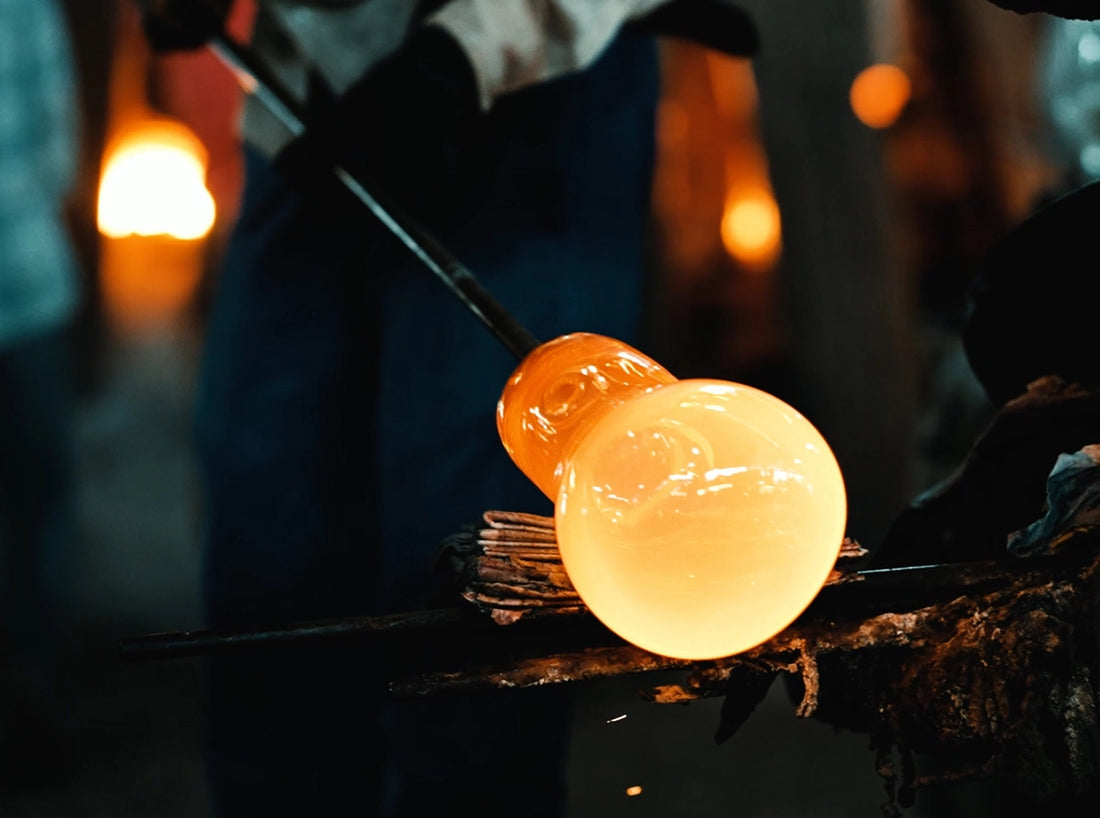Sustainable Soda Story
Anil Gupta
Soda glass, or soda-lime glass, has evolved into one of the most widely used materials in the world today, with a fascinating history that spans thousands of years. The story begins around 1500 BCE in ancient Egypt and Mesopotamia, where the earliest glassmakers crafted basic items like beads and small vessels using sand, plant ash, and alkalis. These primitive glass products laid the groundwork for the refined materials we use today.
The real breakthrough came in the 1st century BCE with the Romans, who developed soda-lime glass. By combining soda (from plant ashes), lime (from limestone), and silica (from sand), they created a glass that was more stable, transparent, and easier to work with. This formula revolutionized glassmaking and became the foundation for the soda-lime glass we know today, which was used for everything from windows to decorative objects.
By the 13th and 14th centuries, Venice became a global glassmaking hub. Venetian artisans perfected glassblowing, producing intricate and highly sought-after glassware using soda-lime glass. This blend of functionality and artistry turned glassmaking into a revered craft, expanding its cultural and economic significance.
Fast forward to the 18th and 19th centuries, during the Industrial Revolution, and soda-lime glass underwent another transformation. With advances in furnace technology and automated machinery, glass production shifted from a handcraft to an industrialized process. This mass production made glass more affordable and accessible, leading to its widespread use in everyday products, from bottles to windows.
In the 20th and 21st centuries, soda-lime glass became the go-to material for modern glass products. Its affordability, versatility, and durability made it ideal for a range of uses, from architecture to packaging to home décor. The simplicity and strength of soda-lime glass make it indispensable in our daily lives.
So, how is soda-lime glass made? The process starts by mixing raw materials—silica, soda ash, and lime—sometimes with small amounts of other minerals to improve durability. The mixture is then melted at extremely high temperatures (about 1,700°C or 3,092°F) in a furnace, transforming it into molten glass. After refining to remove impurities, the glass is shaped into its final form through techniques like blowing, pressing, or casting. It’s then slowly cooled (a process known as annealing) to enhance its durability and reduce internal stress. Finally, the glass is cut, polished, and finished to meet quality standards.
One of the key reasons soda-lime glass remains so popular today is its sustainability. It's 100% recyclable, which means it can be reused indefinitely without losing quality. This not only conserves raw materials but also reduces energy consumption, making it an eco-friendly choice. In India, manufacturers are embracing sustainable practices, including recycling and energy-efficient production methods, to further reduce environmental impact.
But sustainability doesn't come at the cost of beauty. In India, soda-lime glass is often celebrated for its craftsmanship. The blend of traditional glassblowing techniques with modern design results in products that are not only functional but also visually stunning. Whether used in home décor, packaging, or architecture, soda-lime glass continues to thrive, balancing practicality with eco-conscious innovation.


